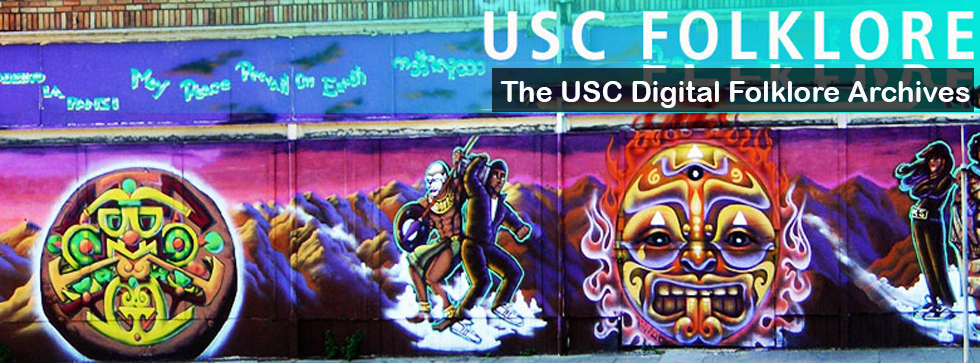Main piece:
(The following is transcribed from a conversation between the informant and interviewer.)
Interviewer: Tell me about ice blocking, if you don’t mind.
Informant: Okay, ice blockiiiiiiiiiiing, is a thing at – I don’t know uhh… Okay. At UCLA we have like a – not really like the typical college quad, but we have Jan’s Hill which is like – not even a central part of campus but just like – the most grassy open place you can sit, and it’s just, like a hill near Royce which is like, the iconic building of UCLA. That’s where people like sit in-between classes during the day and have picnics and stuff, but at night, a lot of people in like, clubs or just like as a group of friends will go and do something called “ice blocking” which is… people will go to Ralph’s and get like a big block of ice that’s like… a foot long and six inches tall and wide – and then you go to this hill, you start at the top – and you sit on it, and you just slide down the hill on the ice as far as you can. I don’t know who thought of this first or where it started but the first time I did it was like, as a part of my sorority, and then – once you like, have done ice blocking it just seems so obvious to do it and you just ask people if they’ve done it and their like “What? No!” or they’re like “Obviously” and it’s just like shows whether someone has really gotten the like full UCLA experience or not. Cause then if they haven’t done it you can be like, “Oh then we should go sometime!” I’ve only ever done it twice, once with sorority and once with ADPI [Alpha Delta Pi]. But it’s… Oh those are the same things – once with sorority and once with my apartment’s – when we first all moved in together. So it’s just like something silly to do. And… it seems kind of hard to sit on this block of ice but – you have to sit on it so that it’s long-ways down and not wide and then you can use a towel so your butt doesn’t get so wet, but then in the summer it’s better to not because it’s hot and you want to be cooled down anyway. And then you just – have to put your feet up in a little like, ball position and then you just slide as far as you can but you have to stop before you hit the bushes or else… you’d be pretty screwed. And with my roommates one tried to do it standing up like surfing and they did like – literally somersaults down the whole hill.
Interviewer: …Who was that? (laughing)
Informant: (Laughing) It was [name redacted]!
Interviewer: Oh my god.
Informant: And also [name redacted], I think, maybe.
Interviewer: That’s crazy.
Informant: I don’t know what else to say about it really.
Interviewer: Oh no that’s cool, you can just- is there anything like…
Informant: (sighs) it’s not a competition, really, because you only ever have like – well, i guess – actually I’ve seen-
Interviewer: Is it for like special occasions?
Informant: Yeah. Like for sorority, we did it like, as one of our first bonding activities when we all joined. And then for like, my roommates we did it as the celebration of us all moving in to our new apartment. So a lot of clubs do it as like a bonding activity I feel like.
Interviewer: …Is it allowed?
Informant: It’s not not allowed. No one’s ever been stopped for it. Like people also will have picnics where they drink on that hill and that’s not allowed because it’s a dry campus but they still do that anyway- and often… the two activities will be combined. (laughing)
Interviewer: (laughing)
Background: My informant is Senior in College who grew up in Southern and then Northern Illinois. She comes from a family of middle-class background. She goes to UCLA, and therefore has adopted a mix of midwest and west coast folklore.
Context: The informant is my sister, and she gave me this piece in a more research oriented setting, as she was the first person I collected from and I was determining the best way to go about the process still. She was very loose by this point in our long conversation, and our conversations always include humor.
Thoughts: This is a good example of a piece of folklore (specifically a tradition – maybe even an initiation ritual, though that categorization is a little more of a stretch) that seems absurd from the outside. At least, from my perspective, knowing nothing about the steepness of this hill especially, this activity sounds either rather boring and weird or entirely too dangerous. Apparently though, it is a common activity on any given night at UCLA, and I’m sure if I went there I would be all for it.
